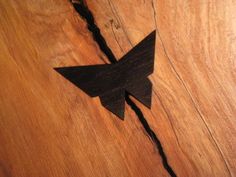Hello,
Currently building a coffee table, with a lovely rippled sycamore for the top. However, there is a patch with some big tear out cause by the planner.
So you have any advise on how to fix that ? I just ordered a hard wax kit, but before making it worse, maybe someone has some other method.
It's fairly deep (maybe 2 mm), long (2 cm) and at several spots. I don't want to cut out this area as the top would get very small, not removing more thickness as it's getting thin now (18 mm).
Thanks,
Chris
(Pictured don't show very well..)
Sent from my VKY-L09 using Tapatalk
Currently building a coffee table, with a lovely rippled sycamore for the top. However, there is a patch with some big tear out cause by the planner.
So you have any advise on how to fix that ? I just ordered a hard wax kit, but before making it worse, maybe someone has some other method.
It's fairly deep (maybe 2 mm), long (2 cm) and at several spots. I don't want to cut out this area as the top would get very small, not removing more thickness as it's getting thin now (18 mm).
Thanks,
Chris
(Pictured don't show very well..)
Sent from my VKY-L09 using Tapatalk




































